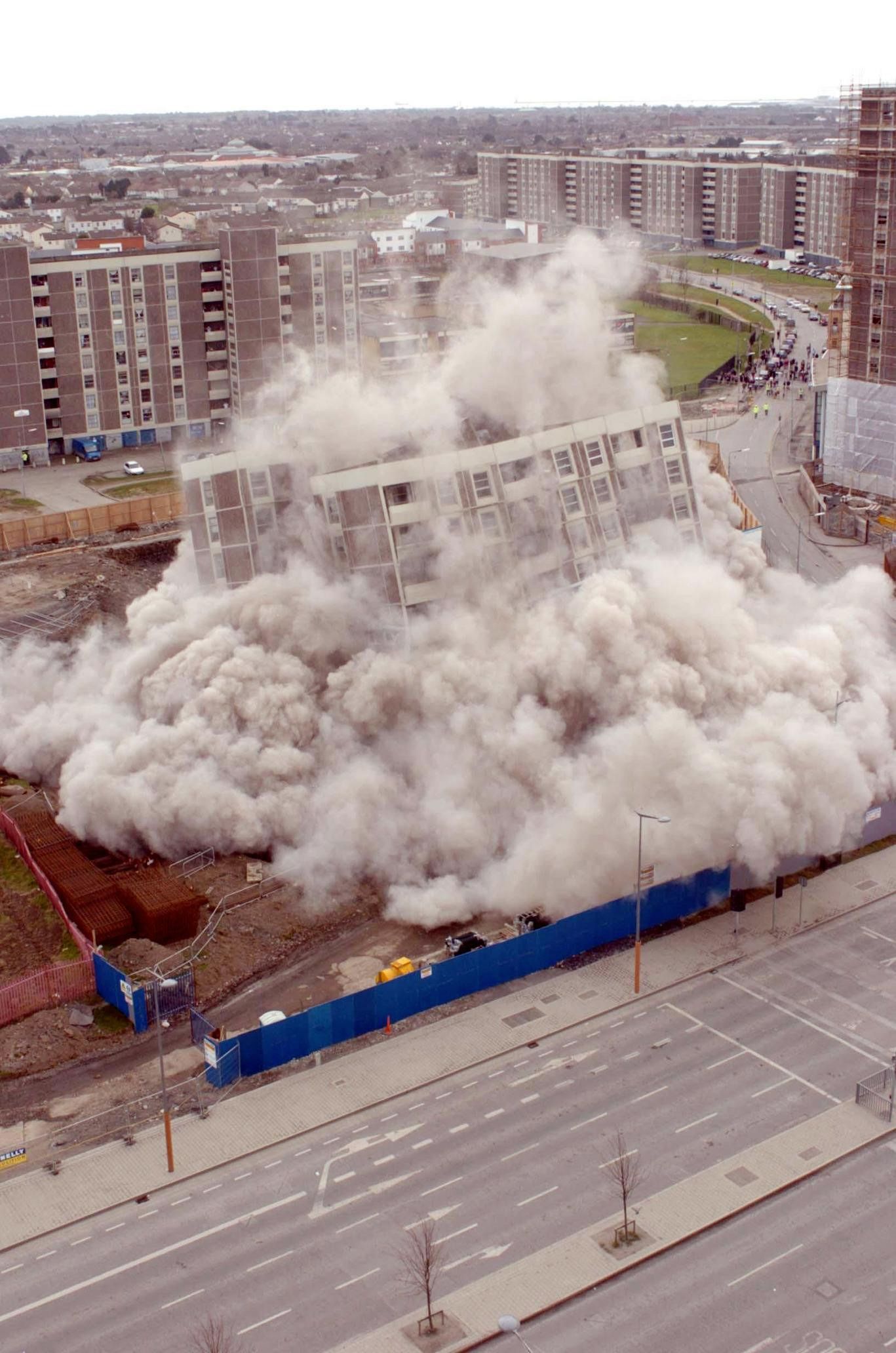Countryside by REM KOOLHAAS (Part II): Case Studies
|Rem Koolhaas
Holland Strip Search
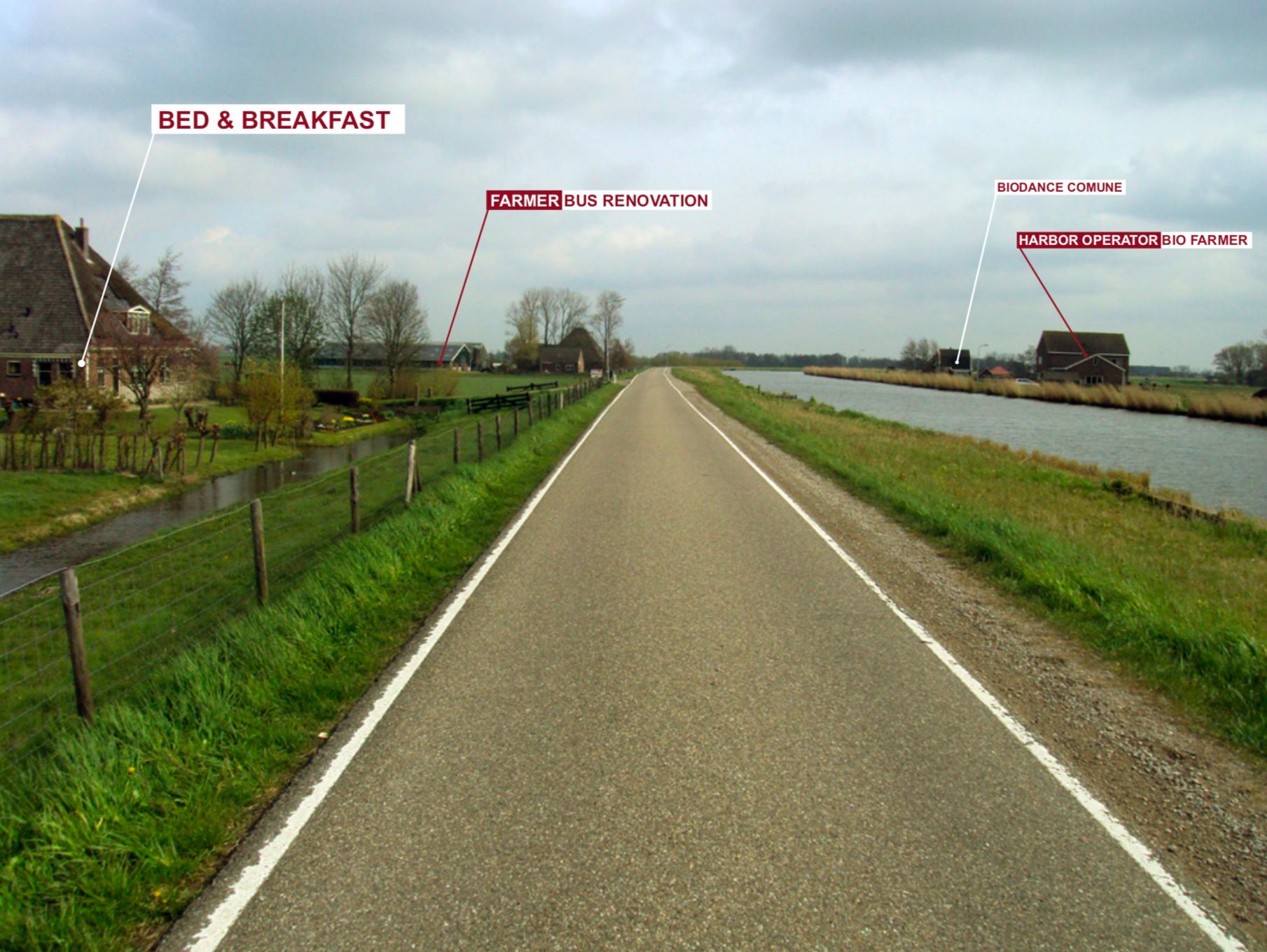
According to the UN Food and Agricultural Organization only two percent of the population in the countryside of the developed world actually work in agriculture. To test our hunches about the transformation of the countryside, and to see what those in the countryside who are not farming are actually doing, AMO inventorized a 12 x 3 kilometer strip of rural Holland, 10 miles north of Amsterdam. Studying Google Earth, we had chosen this strip for the variety of conditions it seemed to encompass: a classical Dutch landscape of polders, farms, and windmills – the area is famous for its Stompetoren and Beemster cheese – as well as several villages, old and new. What we found was a thriving prototype of the non-agricultural countryside – a new genre of land use that the EU calls “intermediate” – featuring heritage buildings turned into rural museums, art galleries, areas for “silence,” a yoga studio, and a breast-feeding center in the middle of the polder – a well-manicured place where surface appearances bear almost no relation to what is actually happening on the land and in the buildings.
THE STRIP: INTERMEDI-STAN
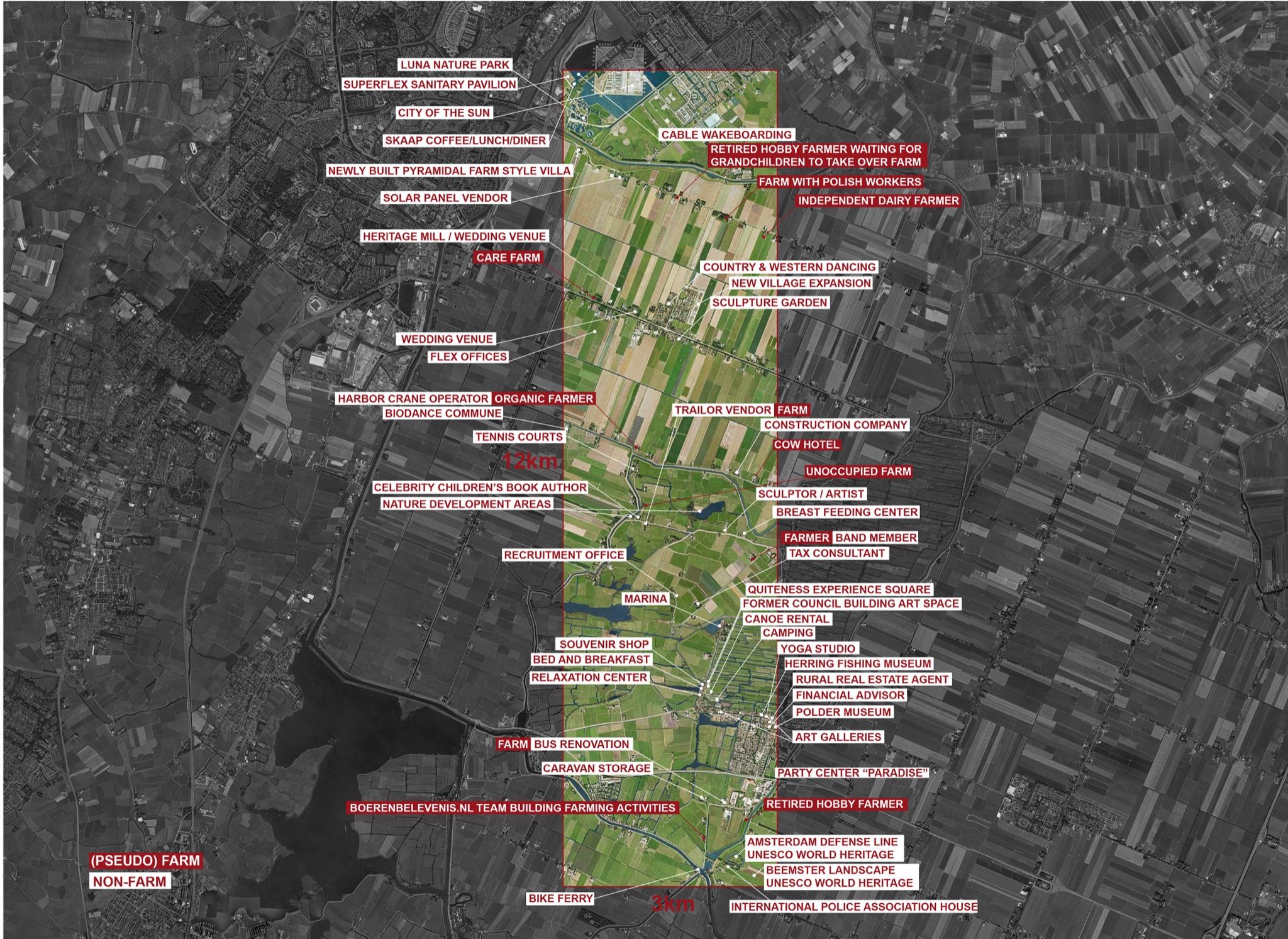
The strip we chose is bordered on the north side by Stad van de Zon (City of the Sun), a new sustainable suburban expansion; on the south by a fort in the Amsterdam Defense Line, a UNESCO World Heritage site; on the east by the Beemster Polder, also a UNESCO World Heritage site since 2000; and on the west by farmland growing wheat, beets, and potatoes. In the southern part of the strip is the village of De Rijp, an island relying on herring shing until impoldering in the 17th century surrounded it with reclaimed land. We knocked on doors to ask inhabitants their profession; if they were absent, which was often, we deciphered how they used their pseudo-farms through signage or snooping around empty barnyards. Inside these coordinates, we started to uncover Intermedi-stan, a land of the in-between.
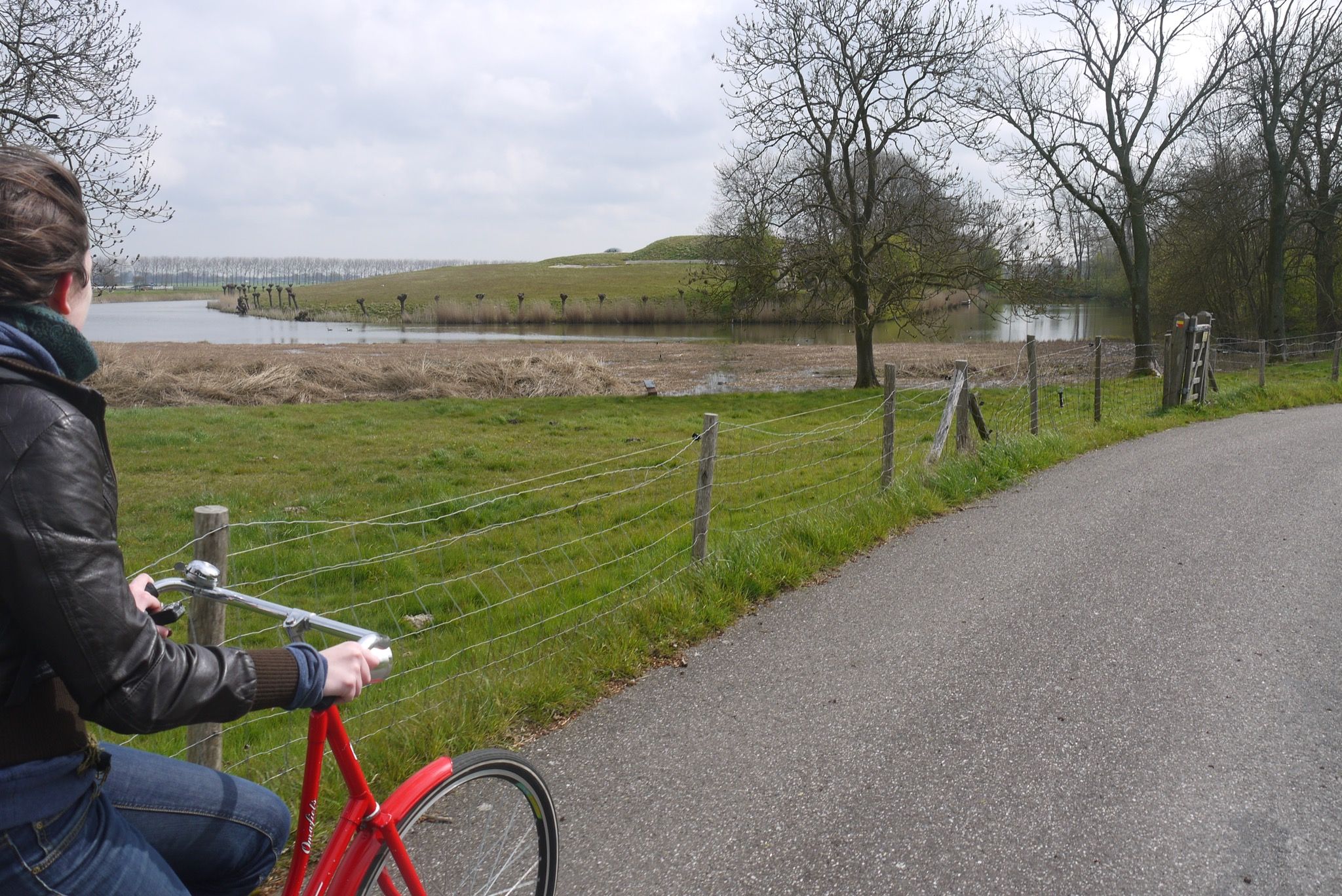
CONTROL Kopdammerdijk
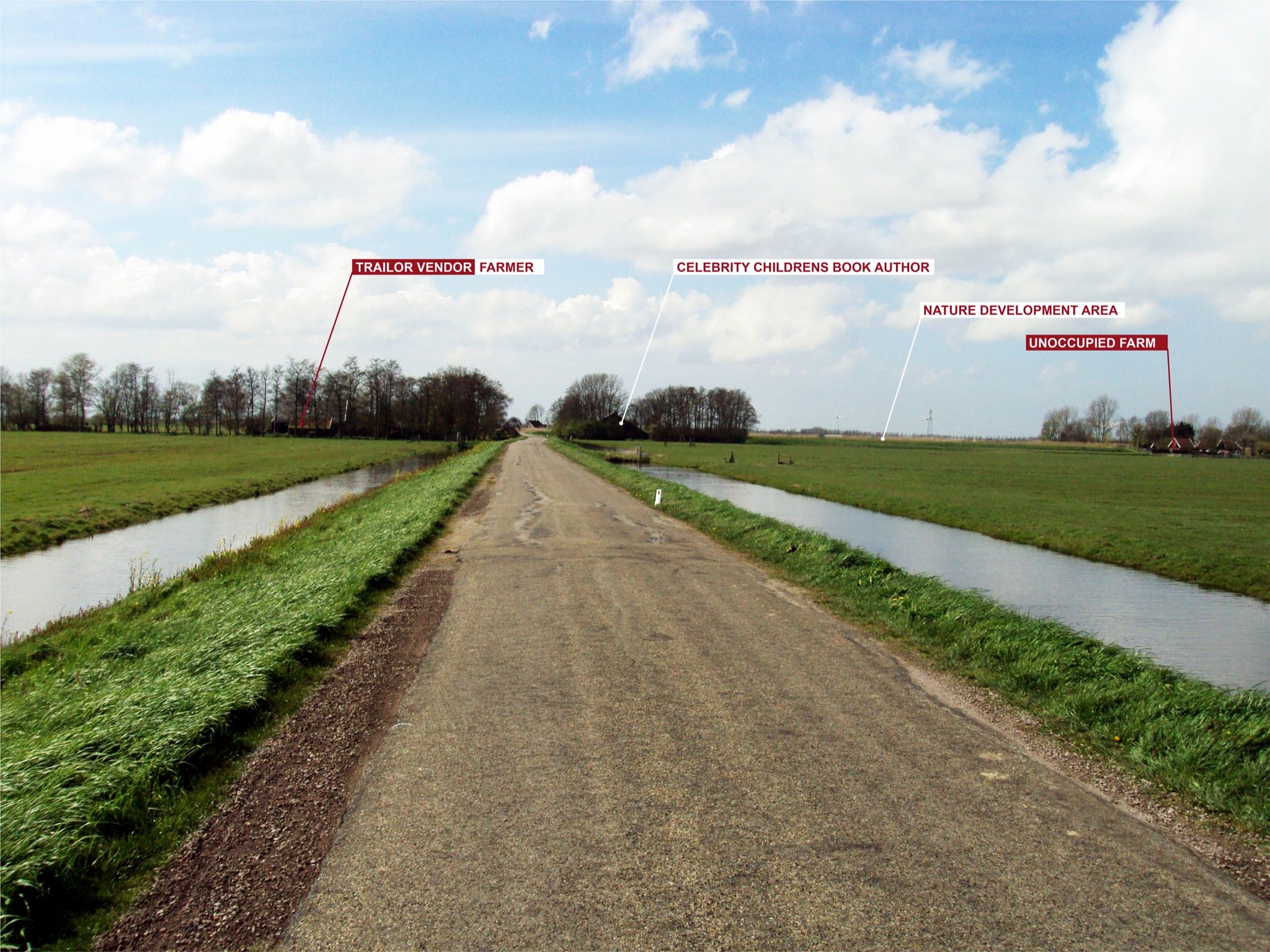
Taking the ferry over the North-Holland canal, which injects tourists into the UNESCO World Heritage border zone, the driver informs us that we are only the eighth and ninth visitors of the day; we feel like we are entering a giant open-air museum in the quiet season. (In the summer 500 tourists a day use the ferry.) Delivered into our strip of land, we start cycling around what seems to be a very controlled environment, bringing to mind the Dutch adage: “God may have made the world, but the Dutch made Holland.” The Dutch landscape is already an artificial construction par excellence, made through centuries of impoldering and massive land rationalization, producing the signature Dutch bands of agriculture bordered by mini-canals. This order is regulated here by interlocking layers of authority: the municipality of Graft-De Rijp, the province of North Holland, the regional water board (waterschappen), the state (the Ministry of Economics, Agriculture, and Innovation; the Ministry of Education, Culture, and Science, for heritage; and the Ministry of Infrastructure and Environment, for spatial planning), the E.U. (through its regime of subsidies and quotas), and nally the enormous soft power of UNESCO, who influence World Heritage Site “border zones,” making sure authenticity remains intact. The Dutch countryside is anything but a wild frontier territory; if it were the origin of the country, politically it will also determine its future.
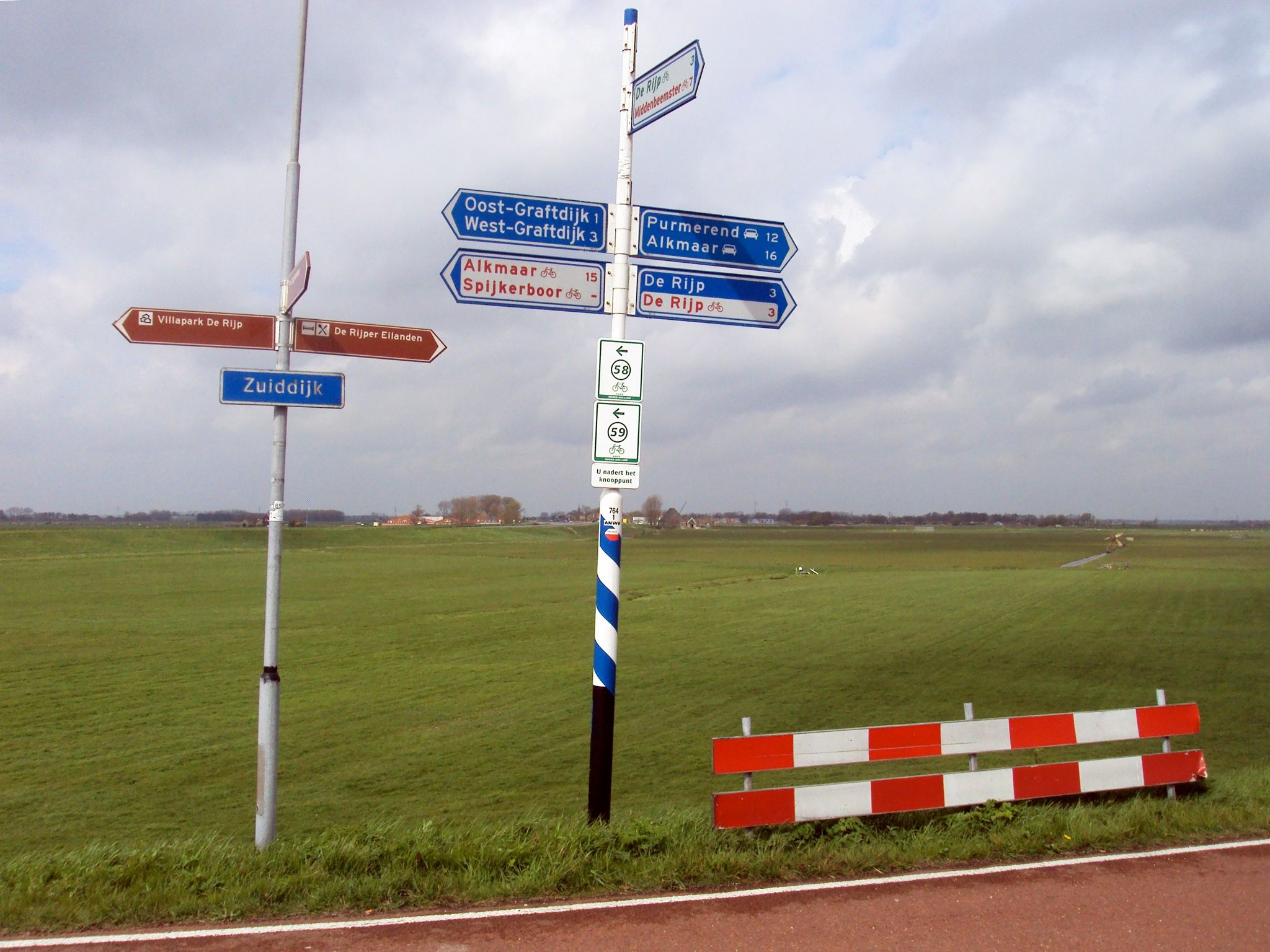
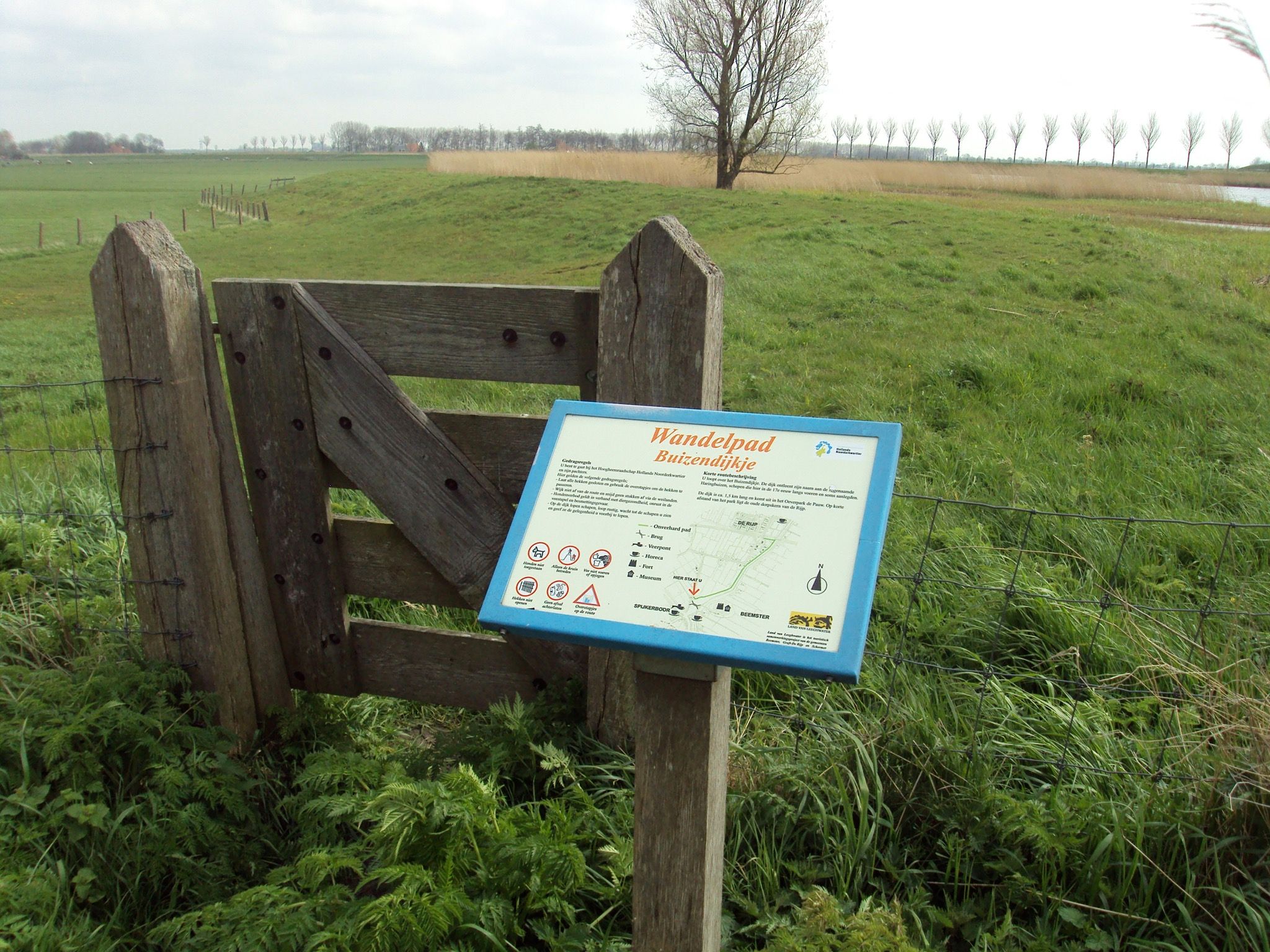
THE INTERMEDIATE Meerdijk
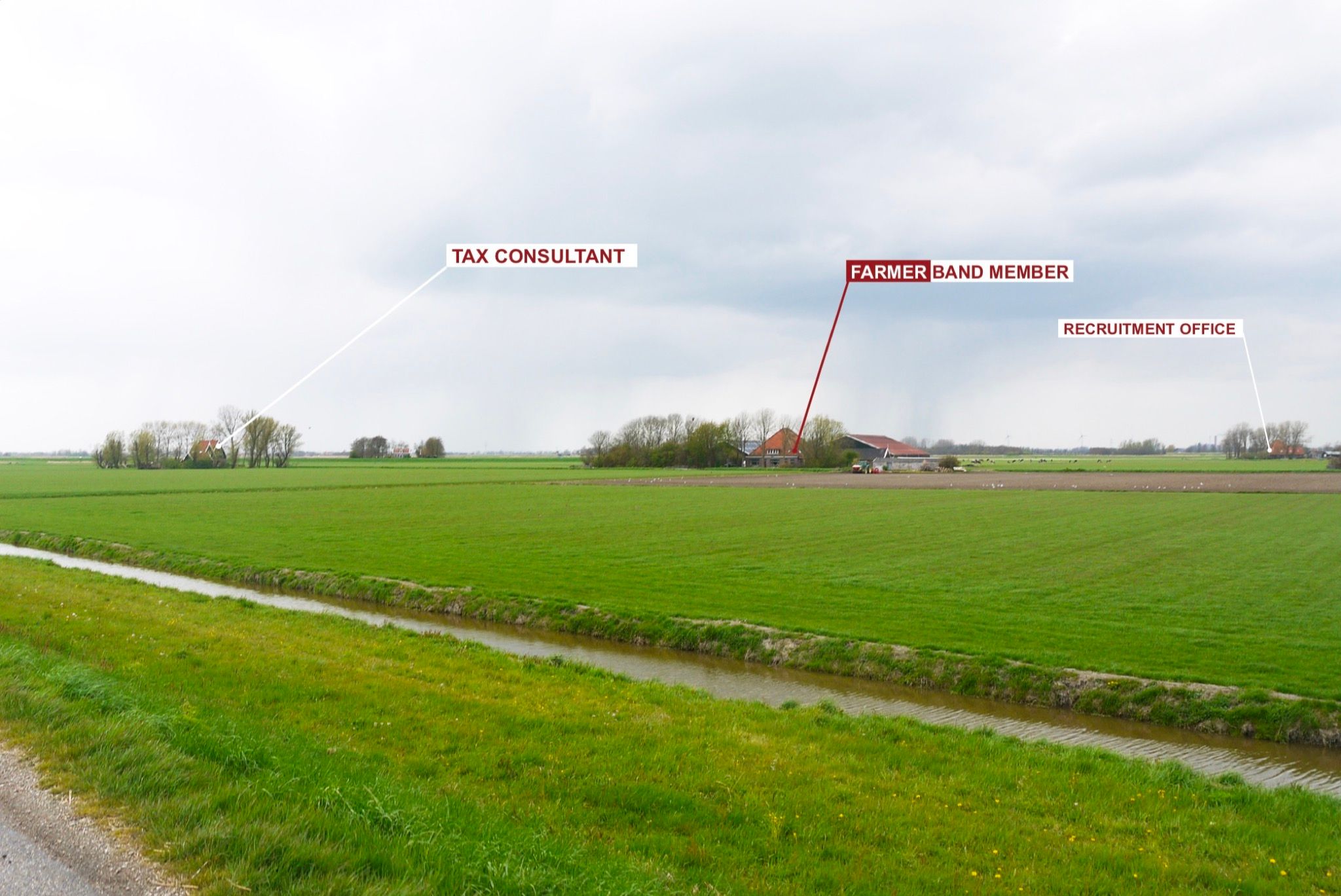
The Strip, we found, is undergoing two simultaneous and contradictory mutations. On the one hand, farmers – because they are aging, bored, or liberated by the automation of their profession – are diversifying, taking up second and third enterprises, in a constant flow similar to that of the stock market. Farmers are now also band members, harbor employees (“My farm is a hobby that got out of hand”), pigeon keepers, bus restorers, trailer vendors with a variety of flower and carnival parade wagons under construction, land traders, and leasers, responding strategically to changing crop prices. Everywhere on the strip, they advertise their bluntly titled, does-what-it-says-on-the-tin websites: Wittebruidsduiven.nl (white brides doves), haardhout.nl (rewood), dierenbazaar.nl (pets bazaar), tapclean.nl (beer tap cleaners), mandenmakerij.nl (basket makers), rust.nu (tranquility now), rundervreugd.nl (beef joy). The second mutation is the influx of urbanites wanting to sample life in the countryside, attracted by its aura of authenticity – which in fact is being eroded not only by the diversification and automation of farming, but also by the implants’ own urbanizing presence and the attendant luxuries demanded by it. These two wrenching trends create the landscape of the “intermediate*”, a non-committal territory where all that is solid has melted into air.
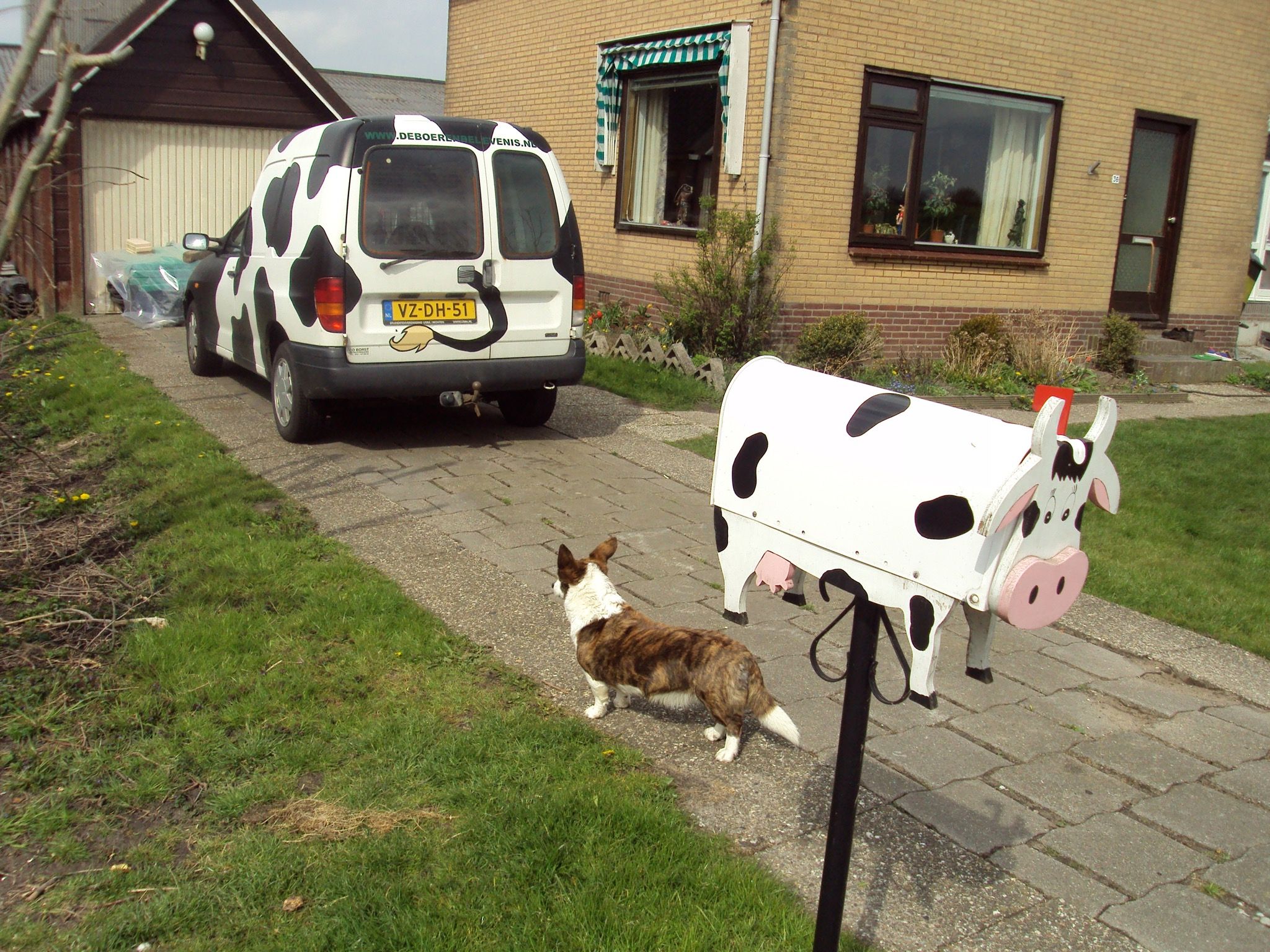
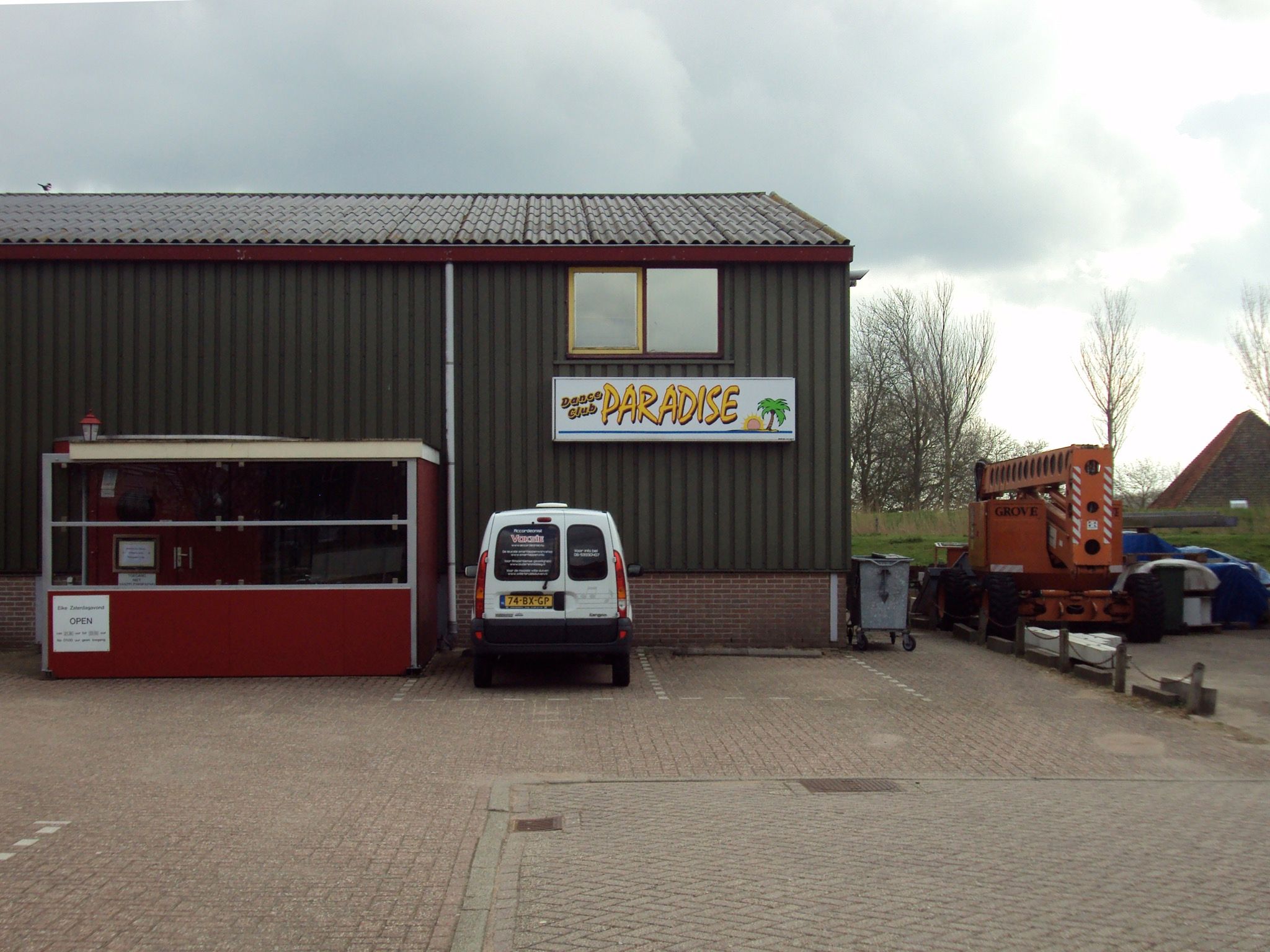
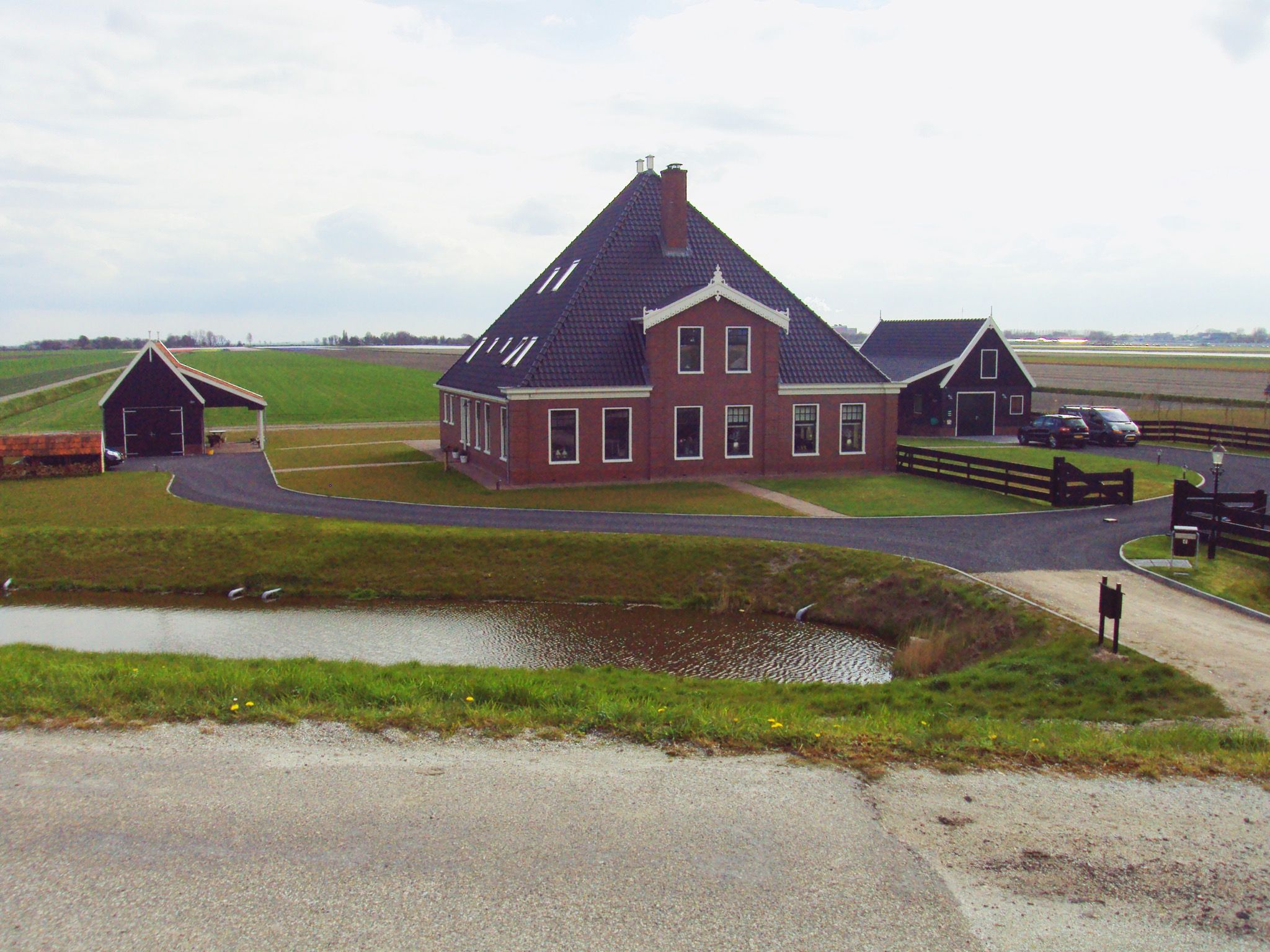
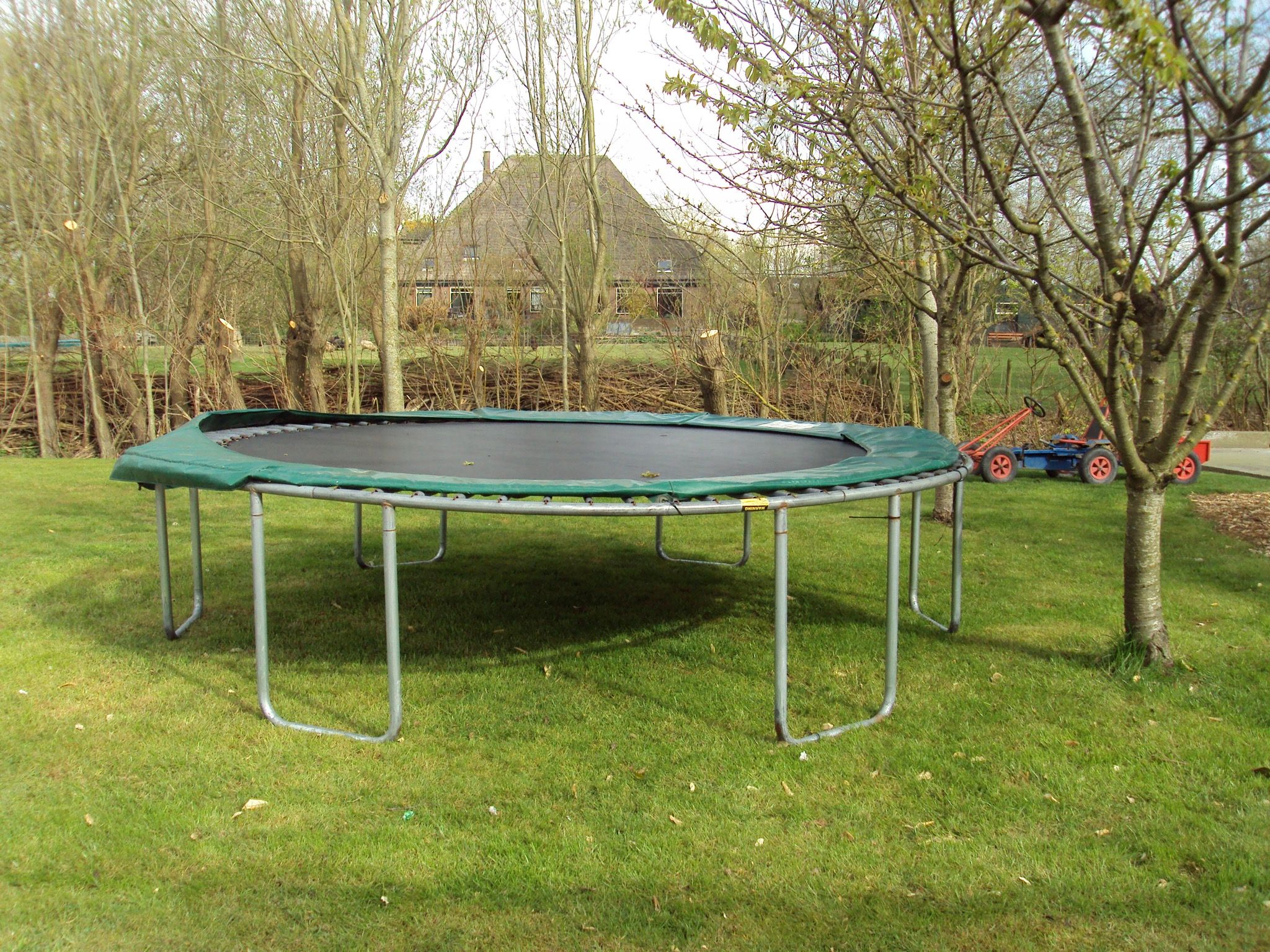
RUSTICITY De Rijp
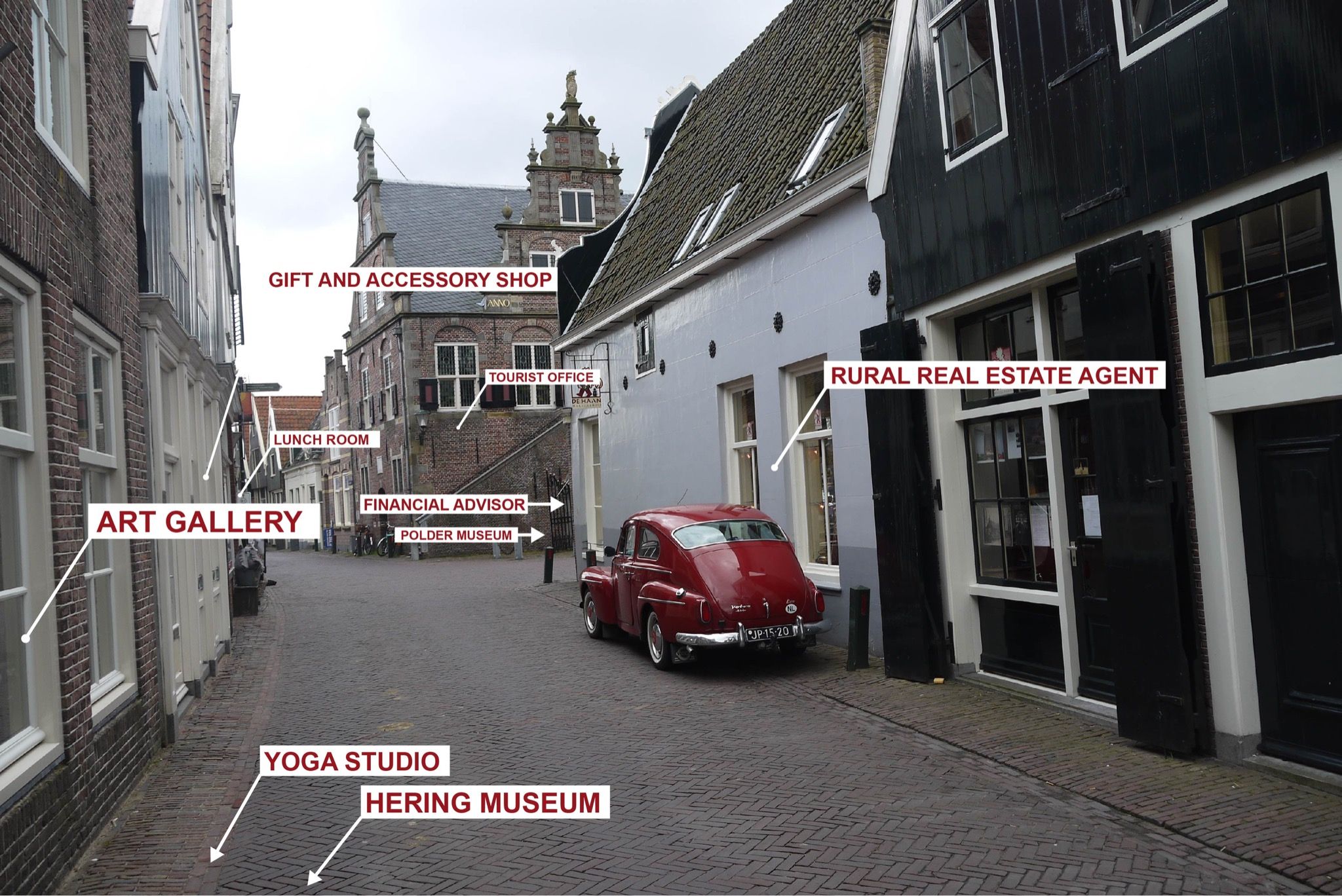
Today De Rijp, population 6,400 (most of them wealthy commuters to Amsterdam and Alkmaar) is the vision of an archetypal immaculate Dutch village. Yet its tourism office, located in the 17th century weighing house, shows pictures of the village in a dilapidated state in the 1950s and 60s. Inpoldering two-hundred years before had left the town cut off from its original source of wealth – herring and whale fishing. Only in the late 20th century did it find a new way to prosper: as a canvas for the fantasies of commuters and UNESCO, each craving an authentic countryside experience. De Rijp had to recreate itself as a museum. Like a mini-Venice, all practical shops and services moved to the environs in order to preserve the historic core, sustained by non-locals – everyone in De Rijp is new in town. The real estate agent is not from there, neither is the staff of the diner, art gallery, or herring museum.
When we inquired about buying a working farm, their availability, and cost, the real estate agent raised her eyebrows. She only dealt in residential farms (€300,000–1.5 million). Her clientele are Amsterdammers, who want a farm but don’t actually want to farm. Most of her inventory is either historicized new buildings or renovated farms with old oak doors, luxury kitchens, extra bathrooms, and trampolines in the garden. Whereas the design of a functioning modern barn is dictated by the most scrupulous and standardized efficiency, the residential “farm” must be infinitely unique and typical, oozing vernacular “RUSTICITY.”
COW HOTEL Grootsmerweg near the Oostdijk
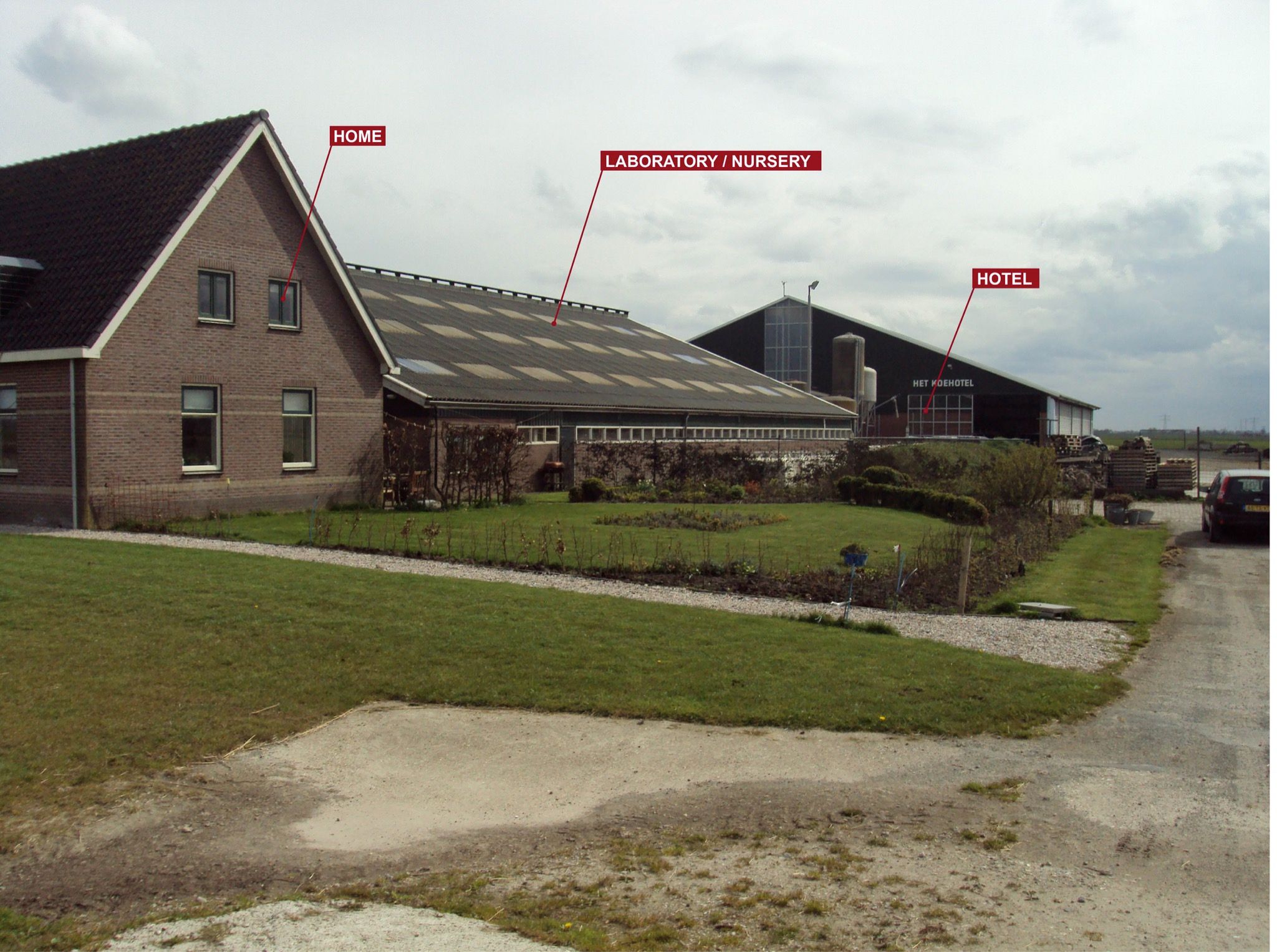
Factory farming on an American scale has yet to hit the Netherlands – at least for dairy farms. The biggest operation we came across was so proud of the way it treated its cattle that it calls itself “Cow Hotel.” Annie and Henk Kregel, the proprietors, are used to dealing with the media, so they were not at all surprised to see us. Their 150 residents – Holstein-Frieslands, the world’s most efficient milk-producers, exported everywhere but native to this region – are fed, milked, cleaned, and even scratched by machines. And they sleep on waterbeds. The Kregels spent €500,000 upgrading their facilities which include a laboratory, veterinarian clinic, and calving station. They expect to make it back in 30 years. By integrating all aspects of dairy farming into one facility, the Cow Hotel represents a deepening of expertise in the countryside – an antidote to the prevalent trend of FLEX FARMING.
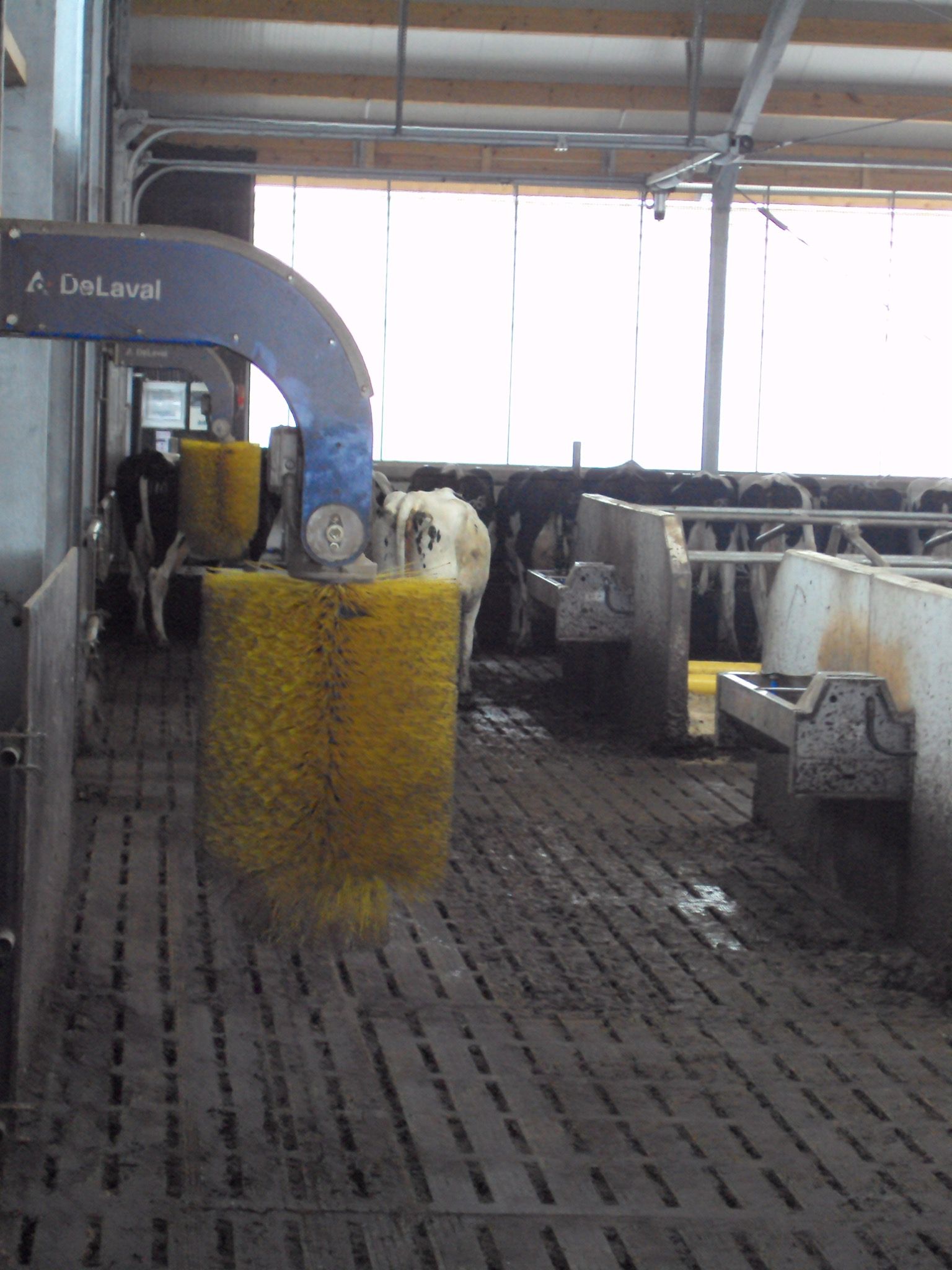
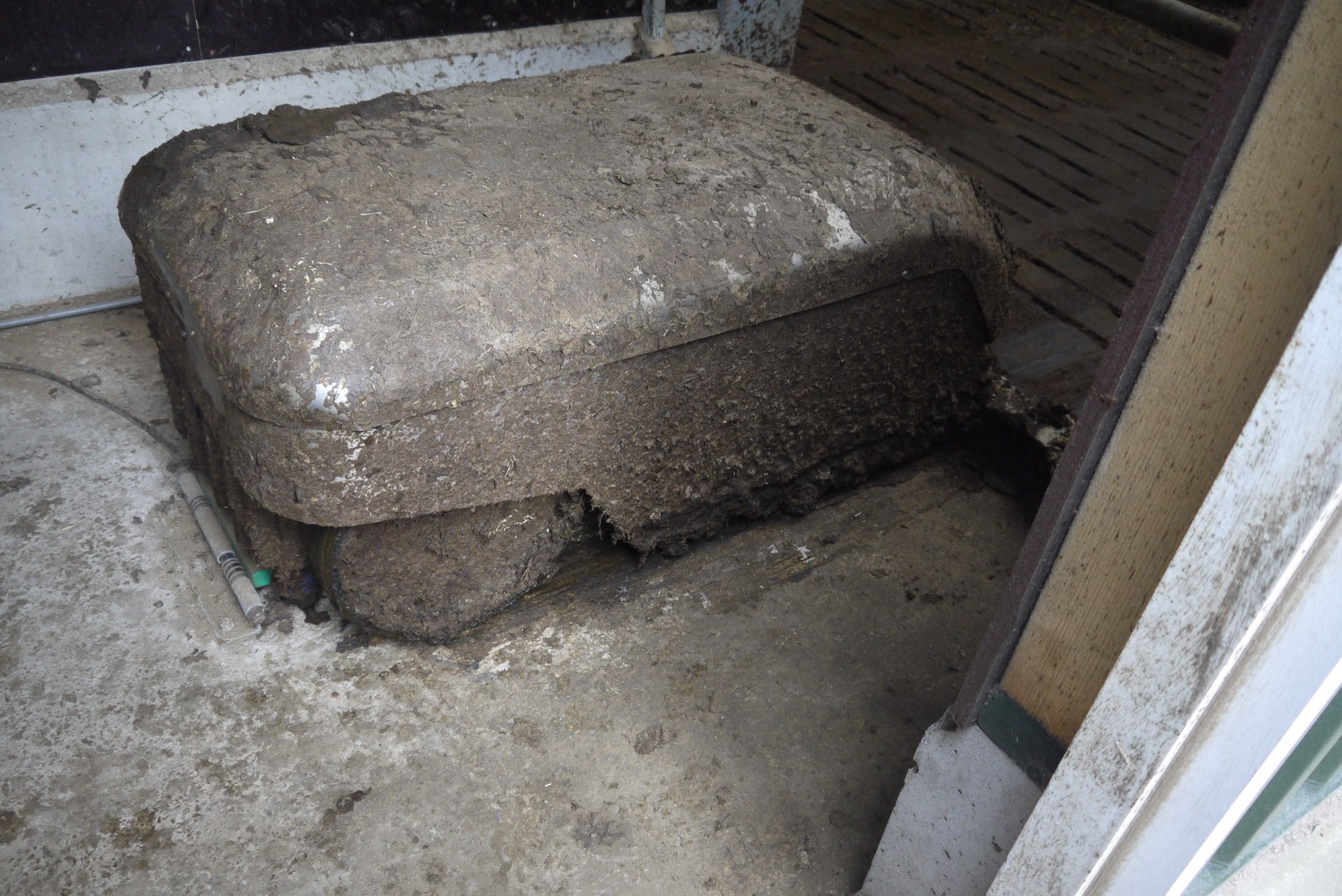
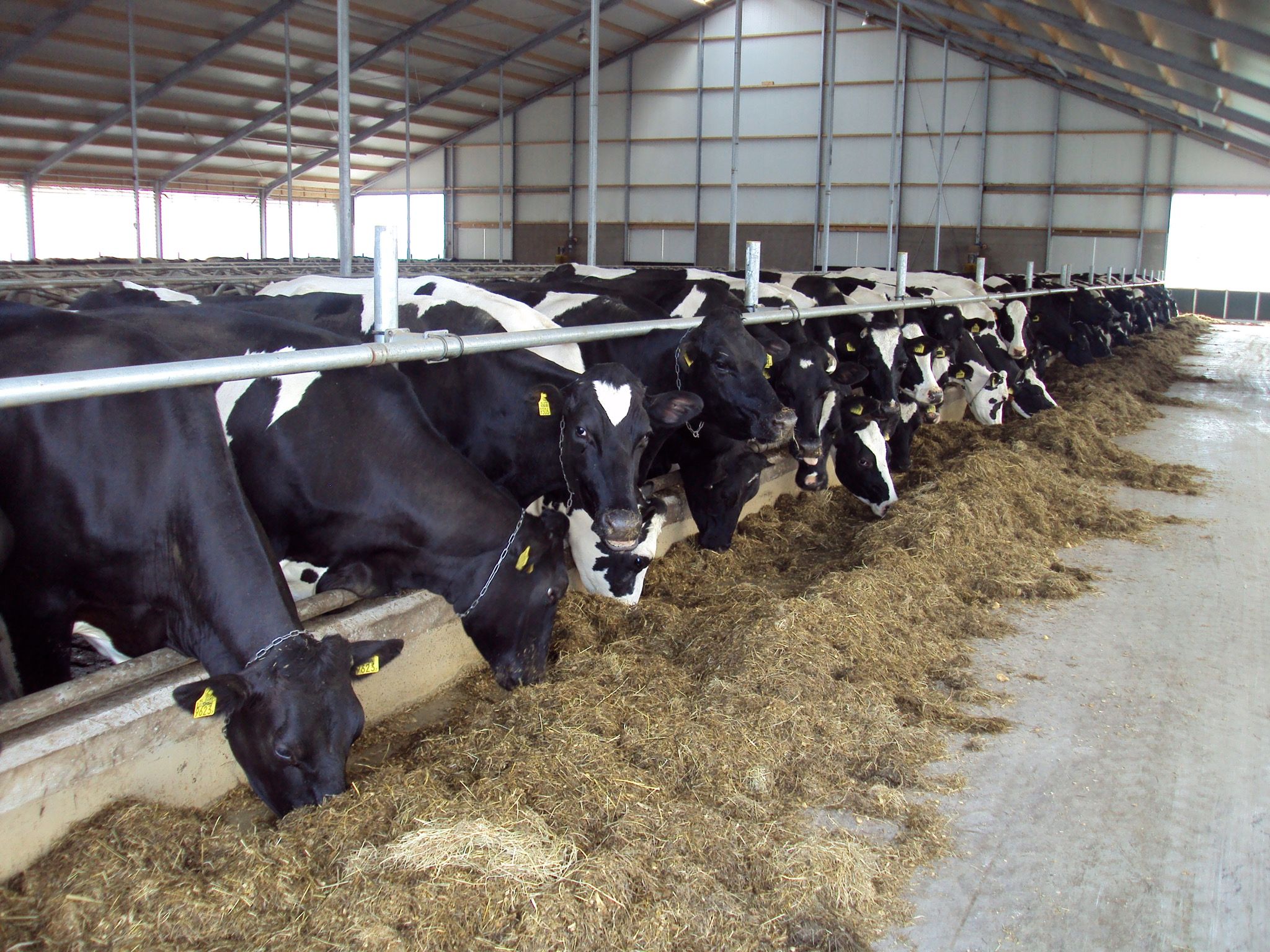
STAD VAN DE ZON Annex of Heerhugowaard
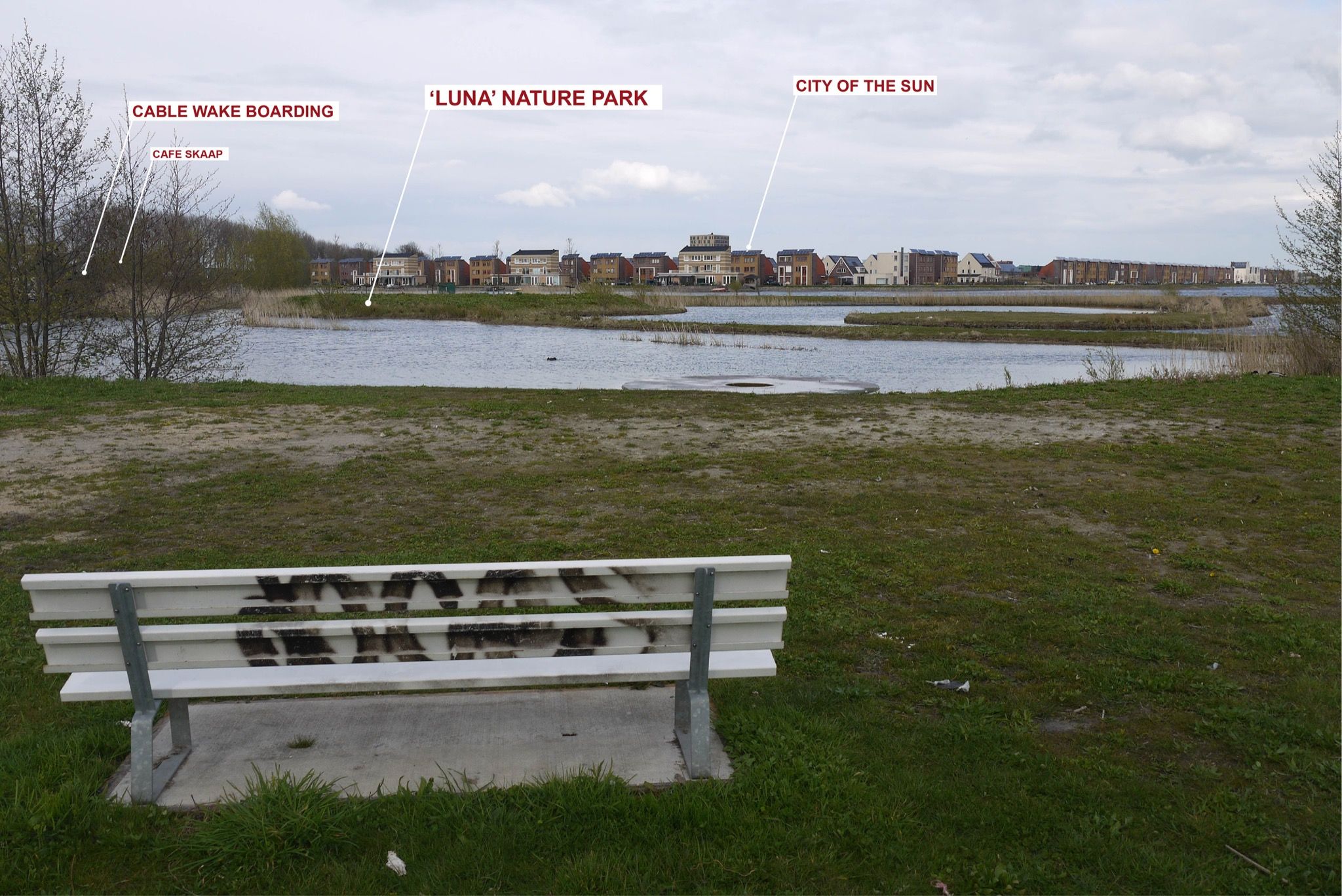
We deliberately made our strip end with Stad van de Zon (City of the Sun) because of its alluring shape in Google Earth: a square island placed at a jaunty diagonal in relation to the surrounding polders – like a tower in New York that ignores the block system – but actually perfectly aligned north-south, celestially speaking. Across the water, the amorphous blobs of Luna Park offer a counterpoint to Stad van de Zon’s strict geometry. Made artificially in what was already an artificial lake, Stad van de Zon, designed by architect Ashok Balohtra and completed in 2009, is the latest phase of Dutch landscape manipulation and (sub)urban planning. On the township’s blog, it proclaims itself as “the largest energy neutral urban community in the world” – trying to take the crown of Masdar, in Abu Dhabi, in advance. Streets have names like Evanaar (equator), Zonnevlam (solar flare), Zonnestraal (sunbeam), and, in a shout out to a carbon neutral future, Dijk van Kyoto. Identical houses, dominated by solar panels, curve into the distance; we see just one person venturing onto the street, making us wonder if we had stumbled into the compound of a particularly subdued cult.
* “New Perspectives for E.U. Rural Development,” 2004
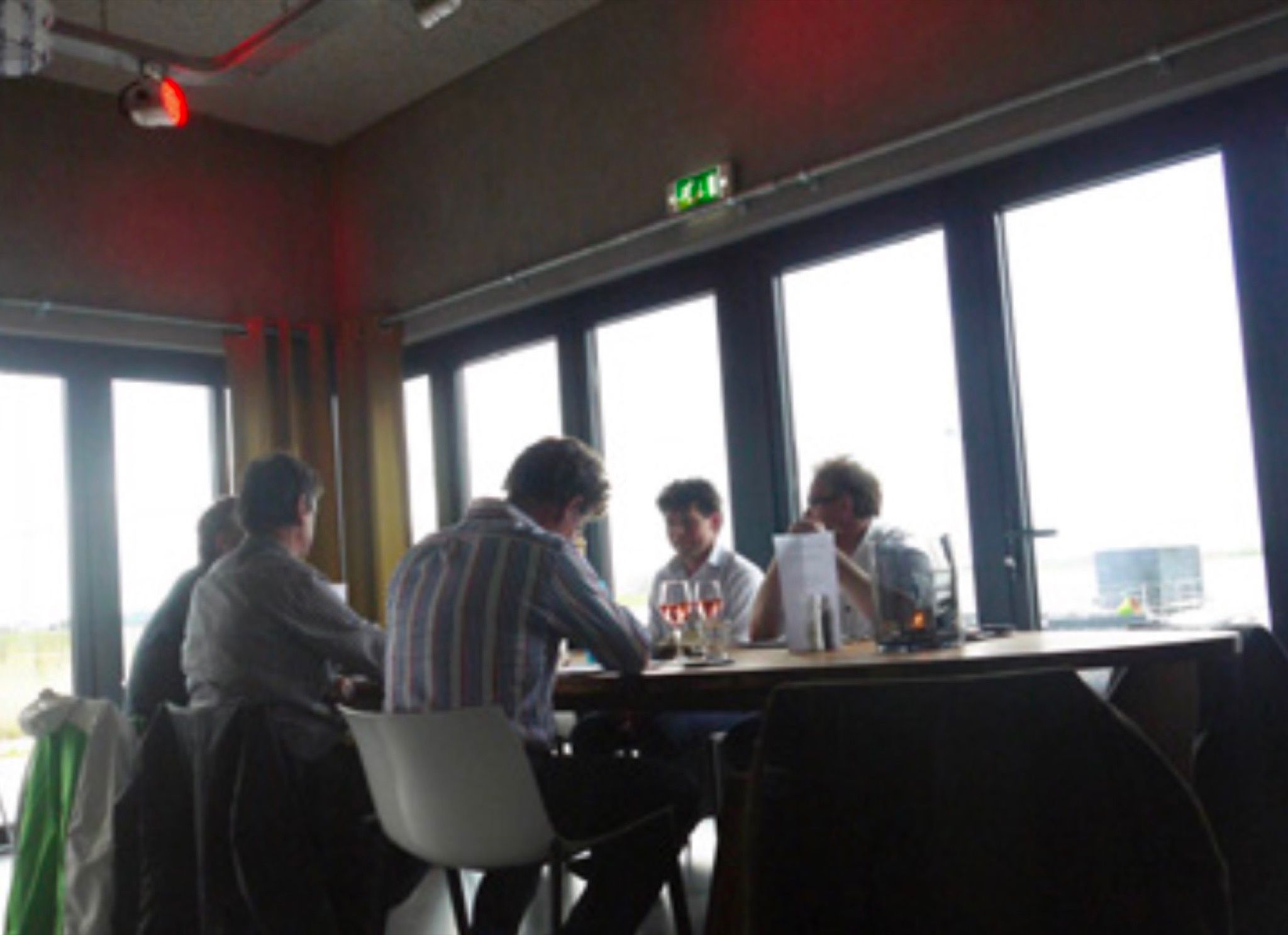
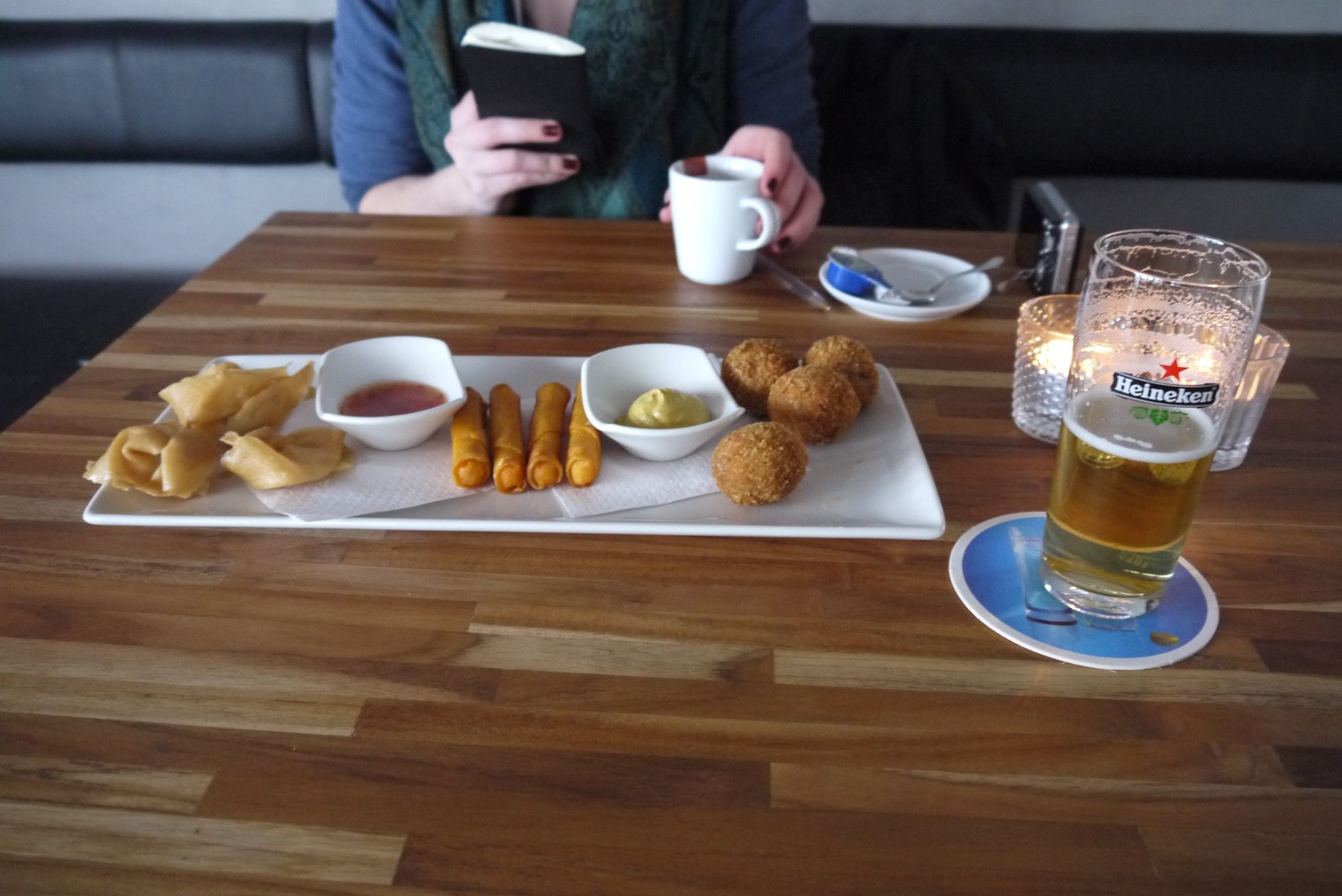
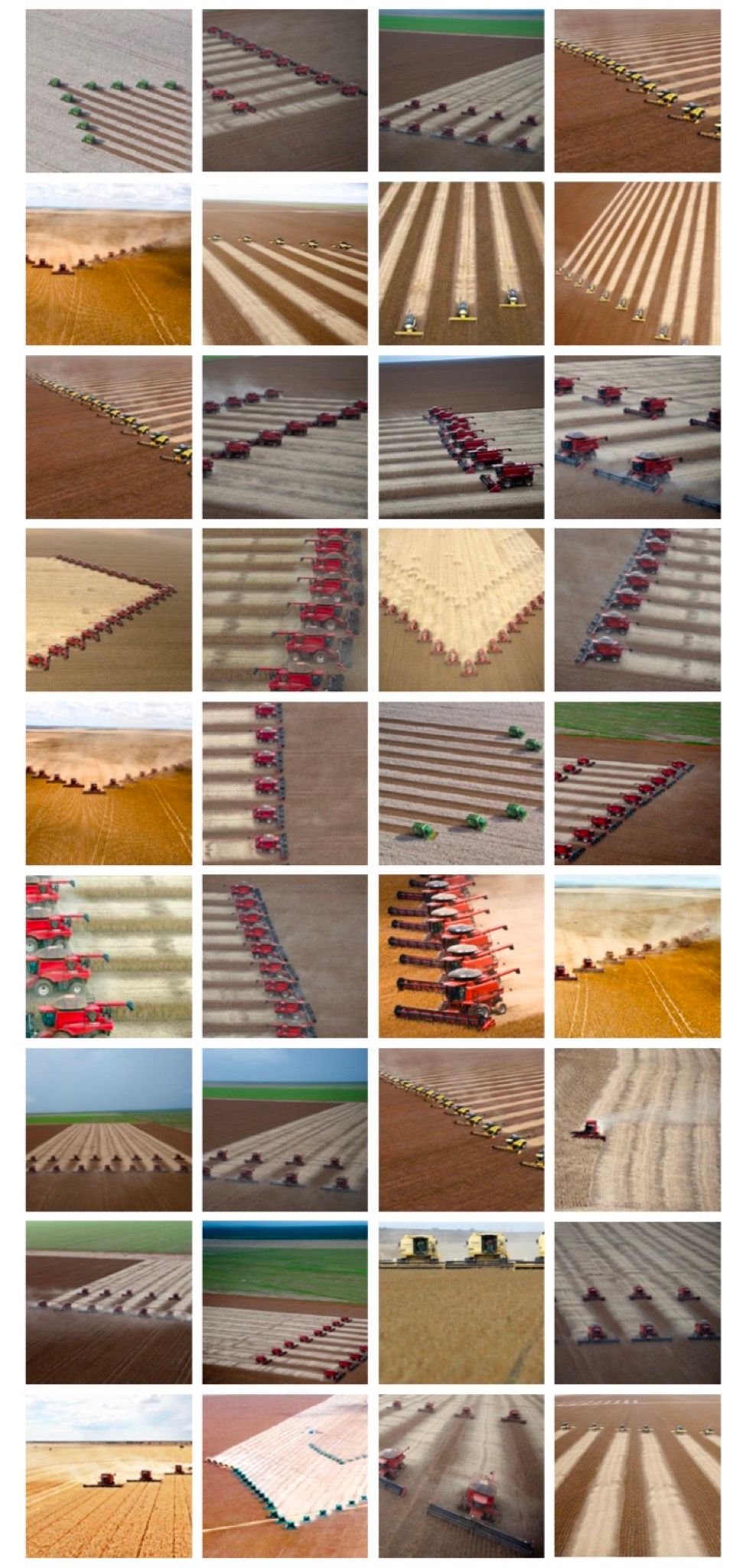
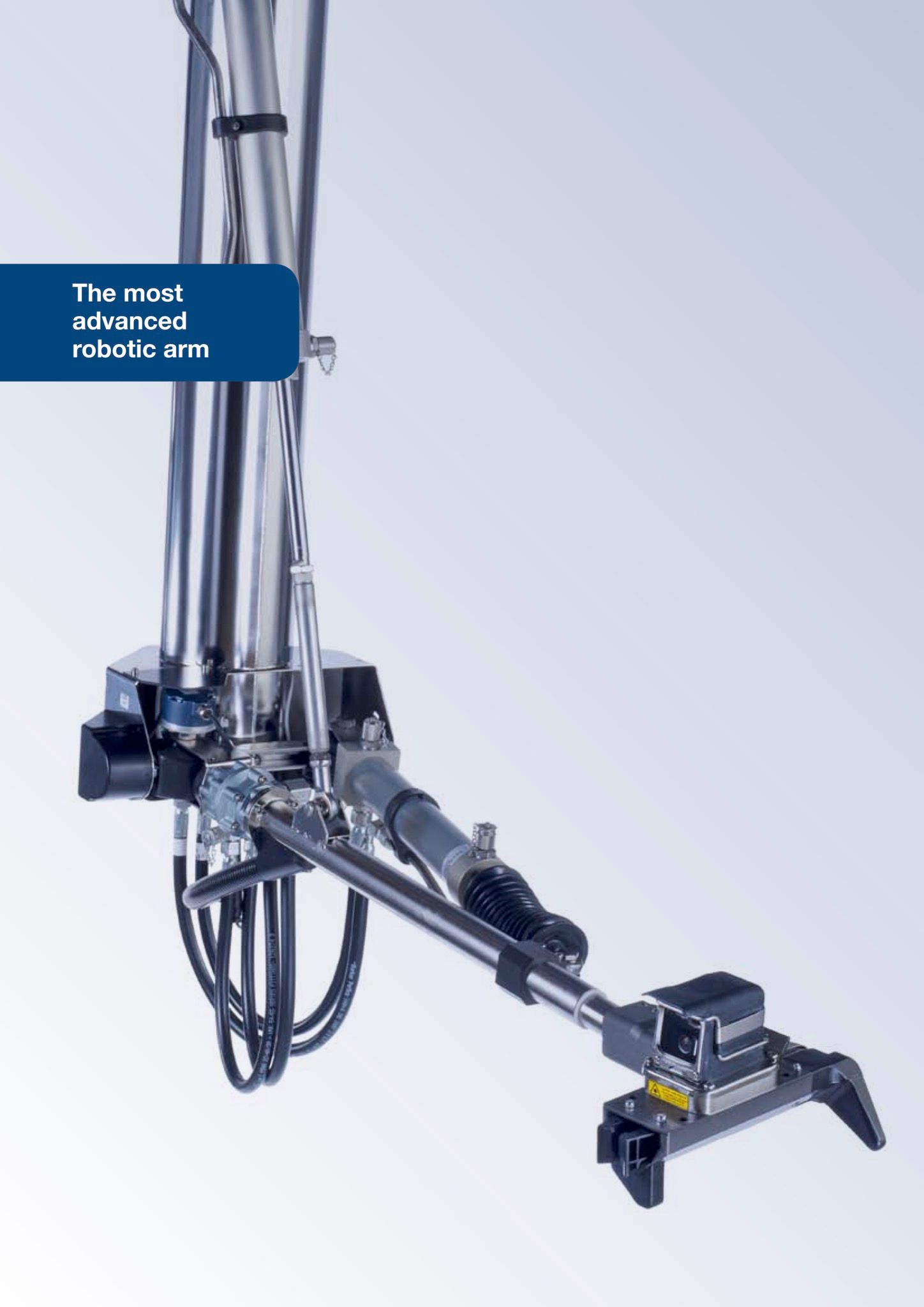
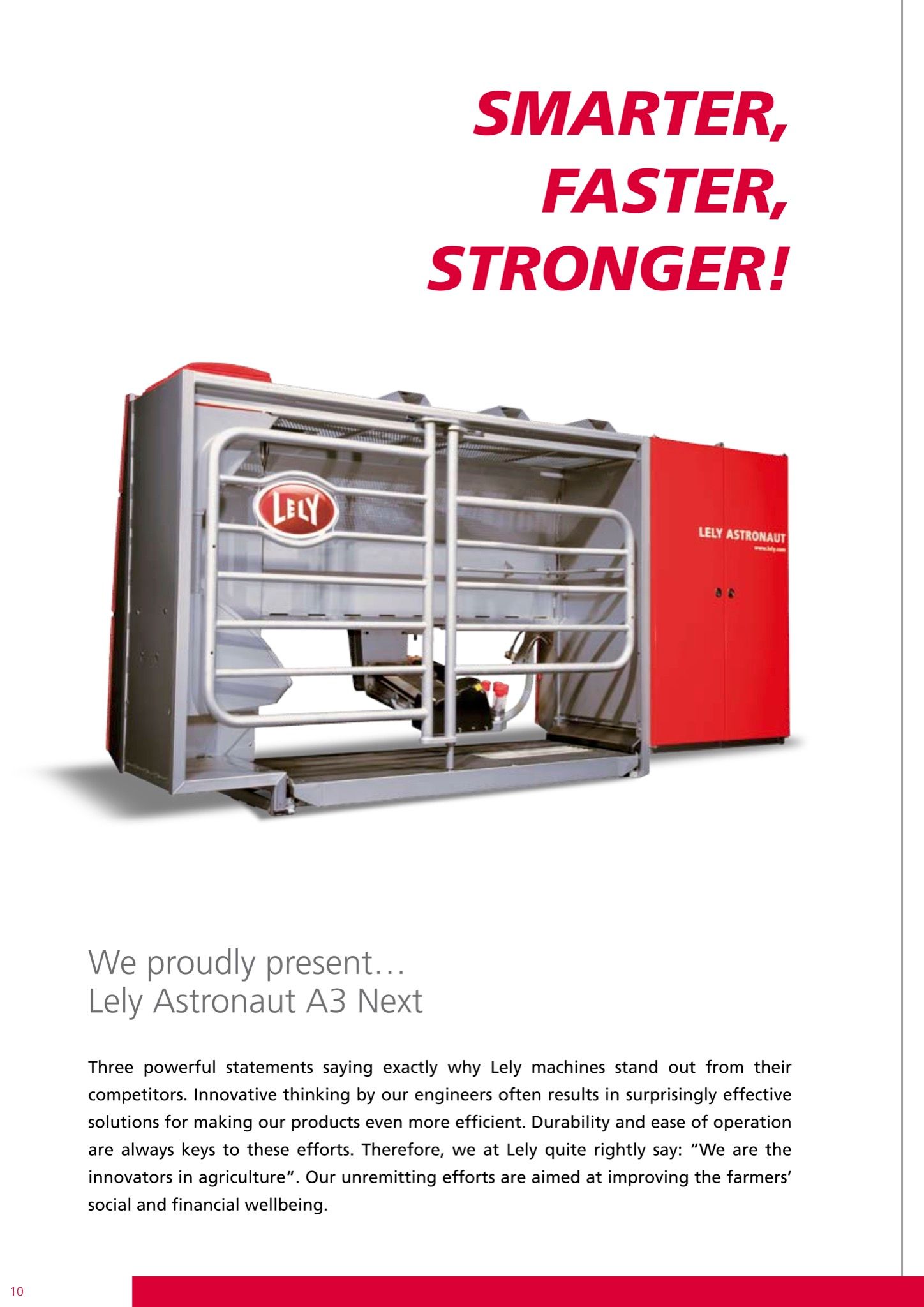
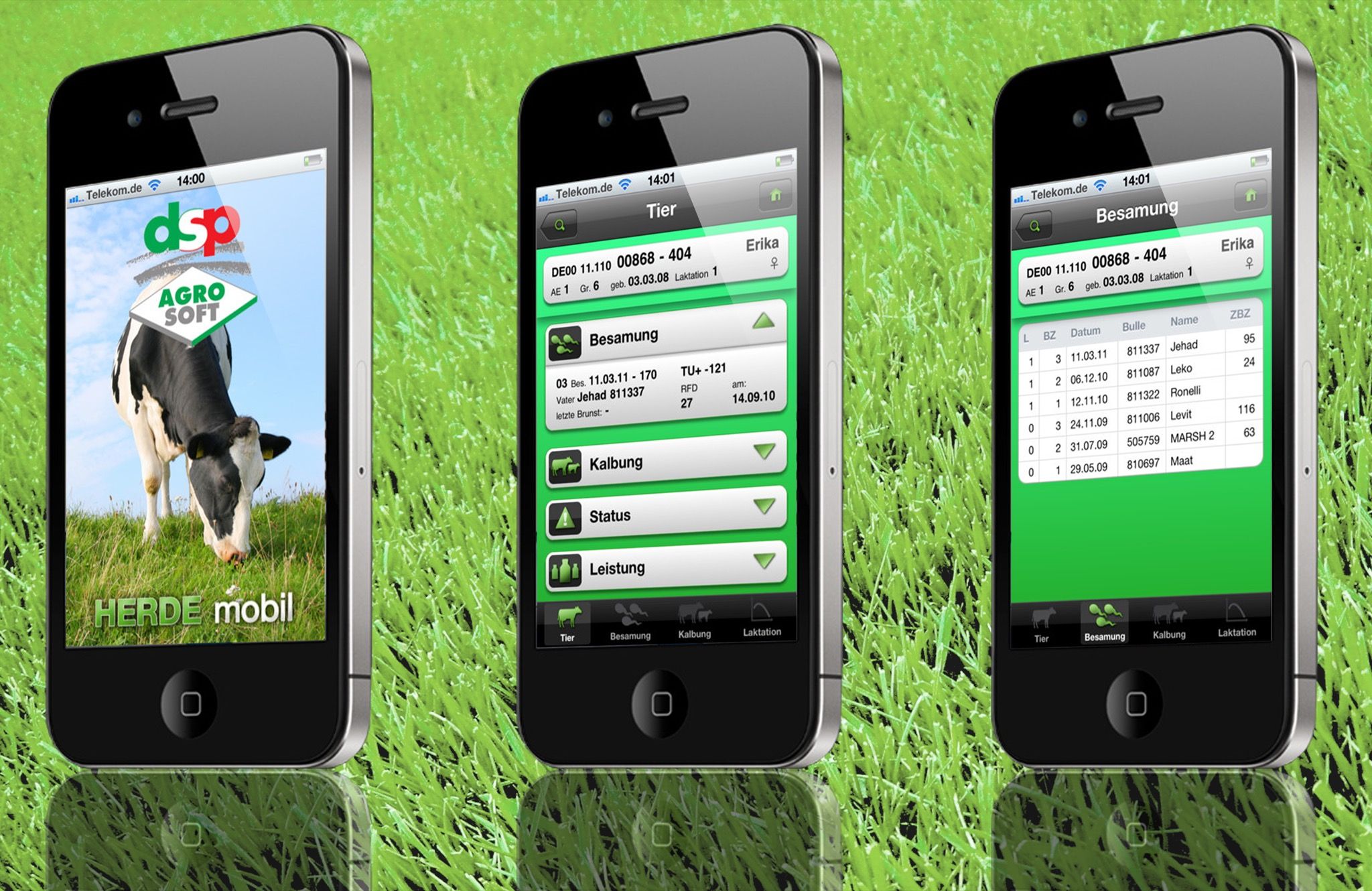
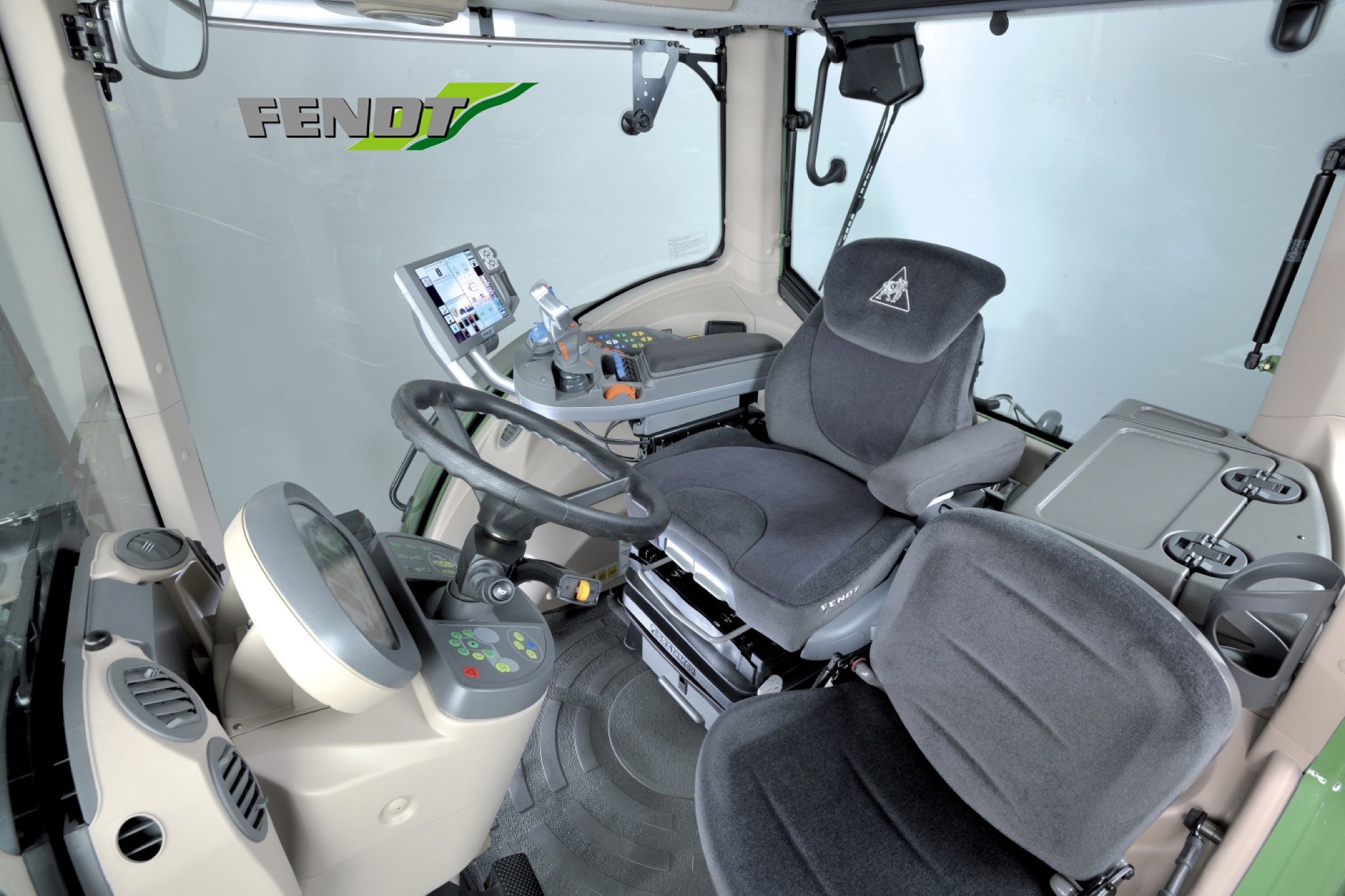
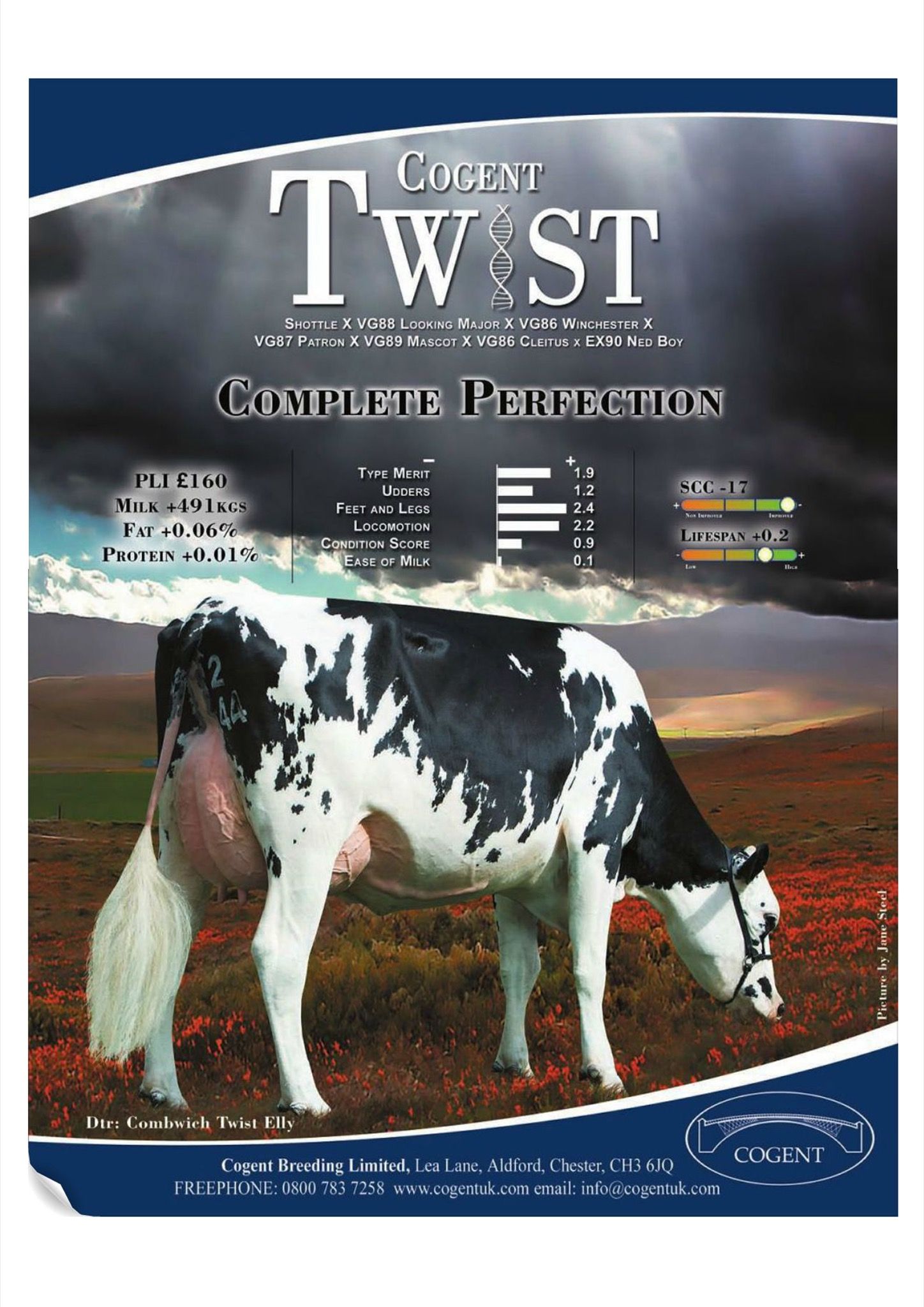
Credits
- Text: Rem Koolhaas
